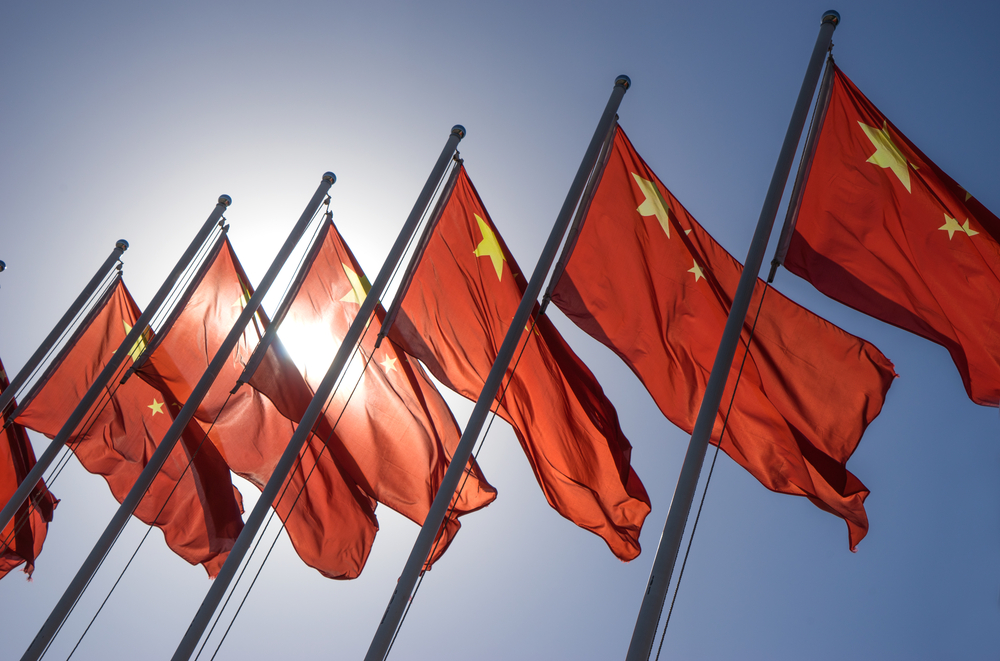
China Hits 15-Year Low in Deflation, CPI Falls 0.8%
- China’s Consumer Price Index (CPI) fell by 0.8% in January year-on-year, the steepest decline since September 2009.
- The Producer Price Index (PPI) also fell by 2.5% in January from a year ago, indicating reduced factory gate prices.
China is experiencing a deepening deflation, with recent data showing a significant drop in consumer prices, the fastest decline in nearly 15 years. The National Bureau of Statistics (NBS) reported a 0.8% decrease in the Consumer Price Index (CPI) for January year-on-year. This is a level of deflation not observed since the 2009 global recession. This trend highlights China’s mounting economic challenges as deflationary pressures continue for the fourth consecutive month.
Analysts attribute this sharp decline to seasonal factors, suggesting that the worst of it may be over. Nonetheless, the data paints a complex picture of China’s economic health. In particular, food prices, especially for pork and vegetables, have substantially lowered the CPI, with pork prices falling by 17.3% and vegetable prices by nearly 12%.
PPI Drops 2.5%, Services Show Resilience
Meanwhile, the Producer Price Index (PPI), which measures factory gate prices, fell by 2.5% in January year-on-year. This slight improvement from December’s 2.7% reduction signals a potential stabilization in industrial costs.
Contrary to the deflationary trend in goods, consumer service prices have increased. During the Spring Festival Travel Rush, China saw a significant rise in travel activity, with air and rail travel volumes surpassing pre-pandemic levels. This boost in mobility led to a 1.8% increase in tourism-related prices in January compared to the previous year, underscoring the diverse dynamics within China’s economic sectors.
As China manoeuvres through these deflationary conditions, its economy is at a pivotal point. While the CPI and PPI signal immediate challenges, the surge in travel and consumer service prices indicates some sectors’ resilience. The next few months will be critical in determining whether these deflationary trends are a short-lived phenomenon or indicative of a deeper economic issue.


